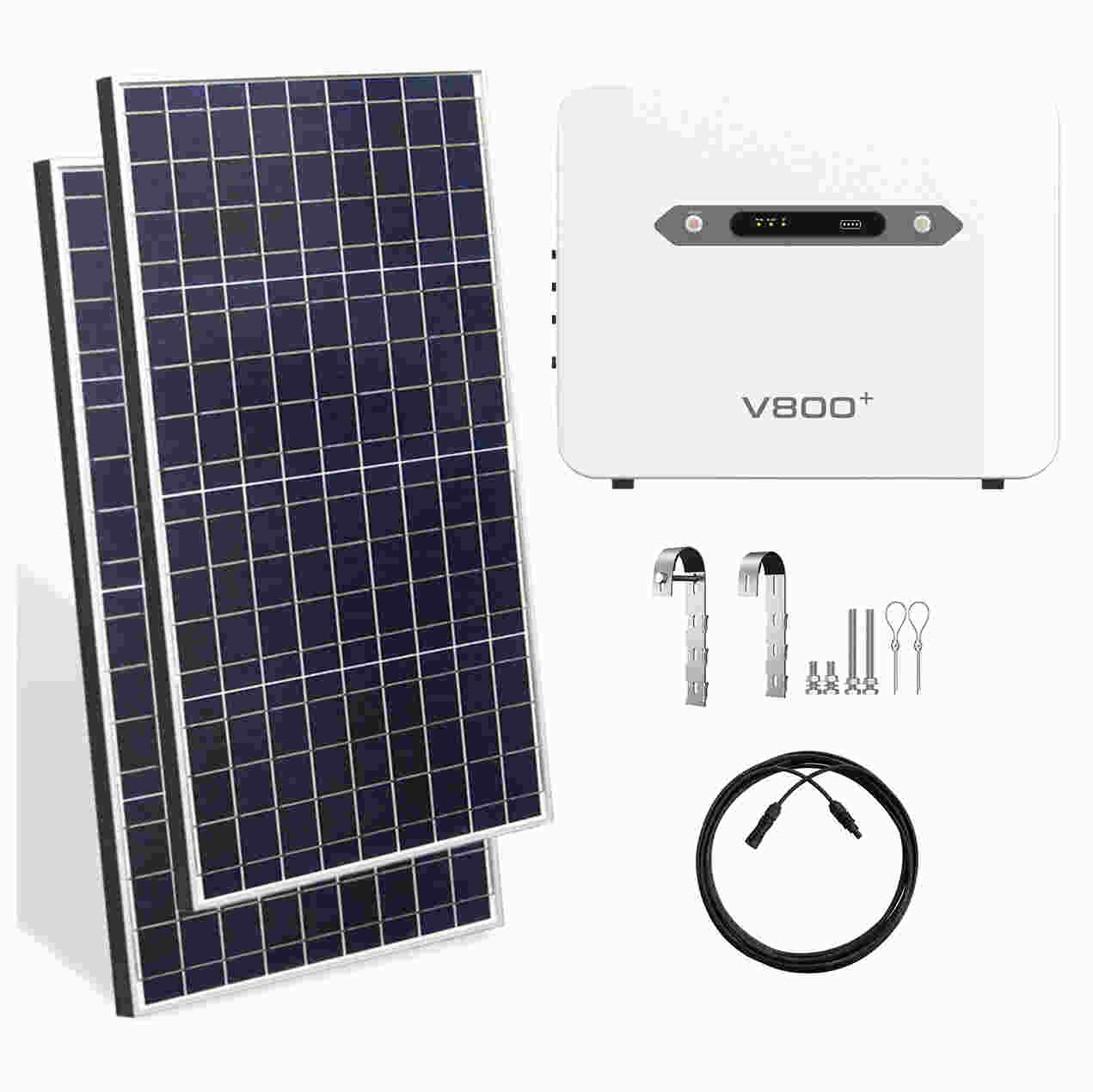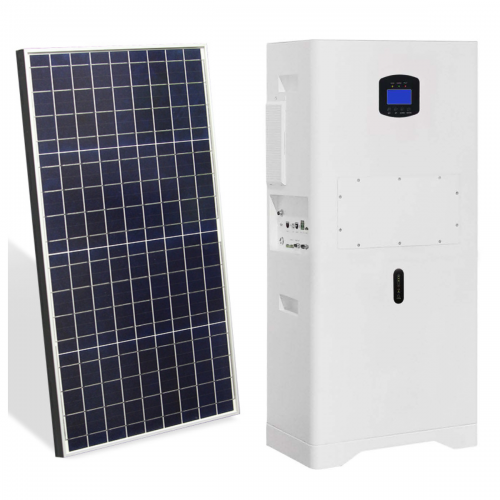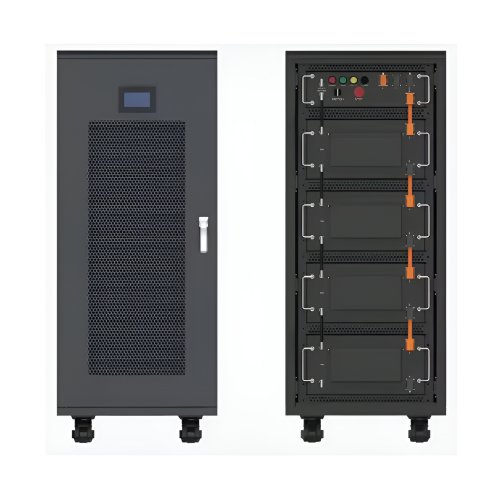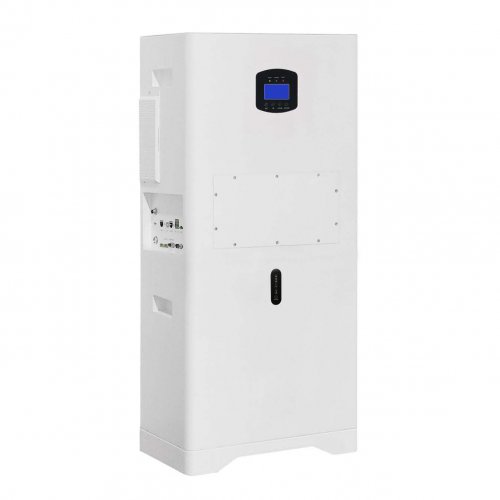Advances In Sustainable Energy Storage: Breakthroughs In Materials And System Integration
The transition to a decarbonized global energy system is intrinsically linked to the development of efficient, scalable, and sustainable energy storage solutions. As the penetration of intermittent renewable sources like solar and wind power increases, the ability to store excess energy and discharge it on demand becomes paramount. Sustainable energy storage encompasses not only the environmental footprint of devices throughout their lifecycle but also their economic viability, resource availability, and integration into the grid. Recent years have witnessed remarkable progress in this field, driven by innovations in battery chemistry, alternative storage technologies, and sophisticated system management.
Novel Electrode Materials and Battery Chemistries
The quest to move beyond conventional lithium-ion batteries (LIBs), which face challenges related to cobalt sourcing, safety, and long-term sustainability, has accelerated research into alternative chemistries.
Sodium-ion batteries (SIBs) have emerged as a frontrunner due to the abundance and low cost of sodium. Recent breakthroughs have focused on developing high-performance cathode materials. For instance, Prussian white analogues and layered transition metal oxides have demonstrated capacities and cycle lives approaching those of commercial LIBs (Hwang et al., 2023). Anode research has also progressed, with hard carbon materials derived from biomass waste offering a sustainable and efficient sodium storage solution. Companies like CATL and Northvolt are already advancing the commercialization of SIBs for grid-scale and low-speed electric vehicle applications, signaling a near-term shift in the storage landscape.
Simultaneously, multivalent batteries, utilizing ions like magnesium (Mg²⁺) and zinc (Zn²⁺), promise higher volumetric energy densities and enhanced safety. A significant recent breakthrough involves the development of new halogen-containing electrolytes that mitigate passivation issues on magnesium metal anodes, enabling highly reversible plating and stripping (Li et al., 2024). For zinc-based systems, which are inherently aqueous and safe, research has focused on inhibiting dendrite formation and managing the hydrogen evolution reaction. 3D zinc anode architectures and gel polymer electrolytes have shown excellent efficacy in extending cycle life, making zinc-ion batteries a prime candidate for large-scale stationary storage.
Beyond Batteries: Diversifying the Storage Portfolio
While electrochemical storage dominates the discourse, sustainable solutions also include mechanical and chemical technologies gaining renewed research interest.
Long-duration energy storage (LDES) is critical for grid resilience over days or weeks. Here, flow batteries excel. Recent advancements in organic flow batteries, which utilize molecules synthesized from abundant elements like carbon, hydrogen, and oxygen, eliminate the need for expensive metal-based electrolytes. A 2023 study demonstrated a new quinone-based molecule that exhibits exceptional stability over thousands of cycles, drastically reducing the levelized cost of storage (Wei et al., 2023).
Green hydrogen, produced via electrolysis using renewable electricity, represents another pivotal LDES vector. Technological progress has been concentrated on reducing the cost and improving the efficiency of electrolyzers. The advent of anion exchange membrane (AEM) electrolyzers offers a compelling combination of the high efficiency of proton exchange membrane (PEM) systems and the low cost of traditional alkaline systems, using catalyst-free electrodes (Vermaak et al., 2024). Furthermore, the integration of hydrogen storage in geological formations or metal hydrides is being actively explored to create comprehensive seasonal storage solutions.
Gravity-based storage, such as Energy Vault’s innovative use of composite blocks and vertical lifting, has moved from concept to commercialization. These systems provide a highly durable, non-degrading storage method with a minimal environmental footprint, ideal for providing grid inertia and backup power.
System Integration and the Role of AI
The true value of storage is realized not in isolation but as an integrated component of a complex energy system. Here, digitalization and artificial intelligence (AI) are playing a transformative role. Advanced battery management systems (BMS) powered by machine learning algorithms can now predict state-of-health and remaining useful life with high accuracy, optimizing charging cycles to prolong lifespan (Zhang et al., 2023). At the grid level, AI-driven energy management systems are crucial for orchestrating a diverse fleet of storage assets—from behind-the-meter home batteries to grid-scale flow batteries—to maximize self-consumption of renewables, provide frequency regulation, and defer costly grid upgrades.
Future Outlook and Challenges
The future of sustainable energy storage is bright but requires concerted effort across multiple fronts. Key challenges remain: 1. Supply Chains: Building resilient and ethical supply chains for critical materials, even for alternatives like sodium, is essential. 2. Circular Economy: Designing batteries for easy disassembly and developing efficient, low-energy recycling processes, such as direct cathode recycling, must be a priority to close the materials loop. 3. Policy and Economics: Supportive policies and innovative business models are needed to de-risk investments and value the multiple services (e.g., capacity, frequency response) that storage provides to the grid.
In conclusion, the field of sustainable energy storage is experiencing a period of unprecedented innovation. The convergence of new electrochemistries, the maturation of alternative storage forms, and the power of digital integration are creating a robust toolkit for enabling a renewable-powered future. The path forward is not reliant on a single silver bullet but on a diversified portfolio of storage technologies, each serving a specific need within an intelligent, interconnected, and sustainable energy ecosystem.
References:
Hwang, J.-Y., Myung, S.-T., & Sun, Y.-K. (2023). Recent progress in sodium-ion battery cathodes: from material design to electrochemical performance.Energy & Environmental Science, 16(2), 455-472.
Li, Z., Fu, Y., & Battaglia, V. (2024). Halogen-mediated interfacial engineering for reversible magnesium metal anodes.Nature Energy, 9(1), 89-98.
Vermaak, L., de Groot, M. T., & Koper, M. T. M. (2024). Advances in anion exchange membrane electrolyzers for sustainable hydrogen production.Joule, 8(2), 345-359.
Wei, X., Pan, W., Duan, W., & Wang, W. (2023). A stable and high-capacity organic molecule for aqueous flow batteries.Science, 379(6632), 635-639.
Zhang, Y., Tang, Q., & Li, H. (2023). Machine learning for prognostics and health management of lithium-ion batteries.Nature Communications, 14, 2415.
Customized/OEM/ODM Service
HomSolar Supports Lifepo4 battery pack customization/OEM/ODM service, welcome to contact us and tell us your needs.


HomSolar: Your One-stop LiFePO4 Battery Pack & ESS Solution Manufacturer
Our line of LiFePO4 (LFP) batteries offer a solution to demanding applications that require a lighter weight, longer life, and higher capacity battery. Features include advanced battery management systems (BMS), Bluetooth® communication and active intelligent monitoring.

Customised Lithium Iron Phosphate Battery Casing
ABS plastic housing, aluminium housing, stainless steel housing and iron housing are available, and can also be designed and customised according to your needs.

HomSolar Smart BMS
Intelligent Battery Management System for HomSolar Energy Storage System. Bluetooth, temperature sensor, LCD display, CAN interface, UART interface also available.


Terminals & Plugs Can Be Customized
A wide range of terminals and plugs can be customised to suit the application needs of your battery products.

Well-designed Solutions for Energy Storage Systems
We will design the perfect energy storage system solution according to your needs, so that you can easily solve the specific industry applications of battery products.



About Our Battery Cells
Our energy storage system products use brand new grade A LiFePO4 cells with a battery lifespan of more than 4,000 charge/discharge cycles.



Applications in Different Industries
We supply customized & OEM battery pack, assemble cells with wiring, fuse and plastic cover, all the cell wires connected to PCB plug or built BMS.
Applications: E-bike, Electric Scooter, Golf Carts, RV, Electric Wheelchair, Electric Tools, Robot Cleaner, Robot Sweeper, Solar Energy Storage System, Emergency Light, Solar Power Light, Medical Equipment, UPS Backup Power Supply.
We can provide you with customized services. We have the ability to provide a vertical supply chain, from single cells to pack/module and to a complete power solution with BMS, etc.


HomSolar (Shenzhen) Technology Co., Ltd
























